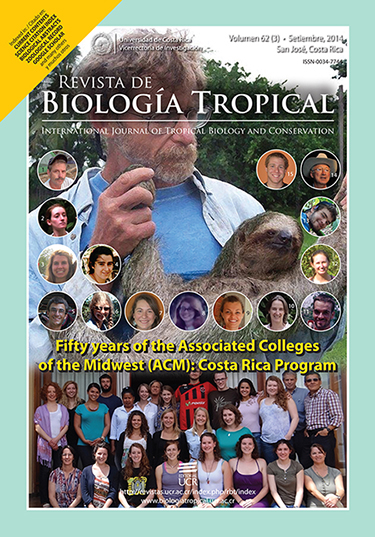Resumen
C. edentulus accounts for the major fishery resource in Guanabara Bay, but there are only few studies about its captures.This study analyzed the long term changes on C. edentulus catches in Guanabara Bay, focusing especially on temporal variation on capture effort, boat storage temperature, and fish price and size.We assessed the 2002-2011 database of fish landings at the pier of Rubi S.A., with records of year, month, total catch (kg), number of fish per kg, boat storage temperature (oC), and price per kg to boat owner (US$). Those variables differed among years and months (ANOVA; p<0.01) with strong yearXmonth interactions for all, probably related to C. edentulus reproductive and recruitment seasons and environmental conditions of Guanabara Bay. Generalized additive models revealed that high C. edentulus catches were associated withfew boat loadings of large-sized fishes, which were conserved in higher boat storage temperatures and attained high market prices. Our long-term study stressed that variations on C. edentulus fishery were related to changes on boat storage temperature, fish size, price paid per kg, and frequency of landings, and that these descriptors are correlated with C. edentulus ecological traits and high phytoplankton availability. Nevertheless, further studies should be performed to address whether less evident factors, such as the fluctuation of concurrent Sardinella brasiliensis stock, would explain the temporal dynamics of C. edentulus stocks in Guanabara Bay.
##plugins.facebook.comentarios##

Esta obra está bajo una licencia internacional Creative Commons Atribución 4.0.
Derechos de autor 2014 Revista de Biología Tropical


